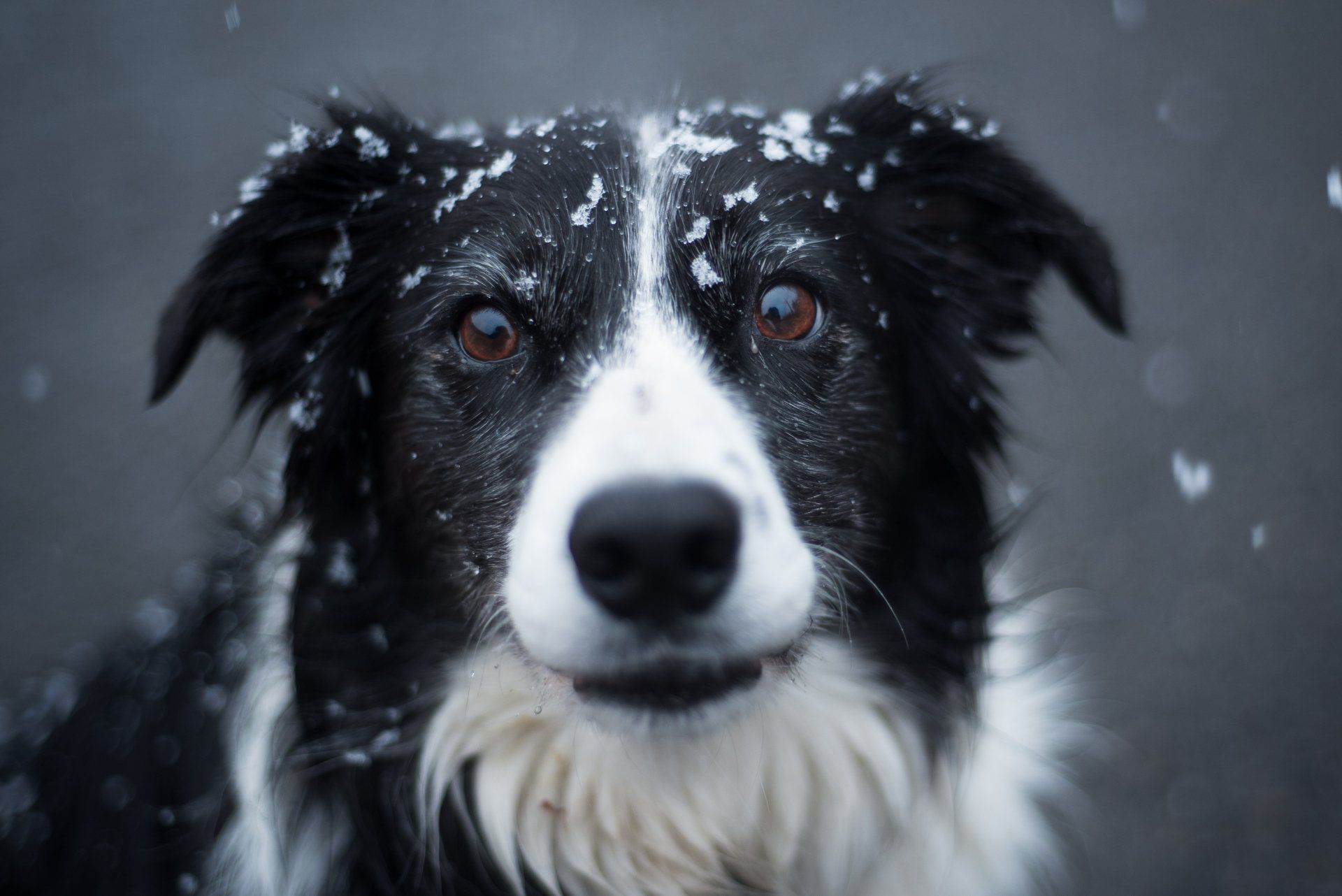Get in touch
555-555-5555
mymail@mailservice.com

The Most Common Genetic Mutation for Collies, Australian Shepherds, and Shetland Sheepdogs: the MDR1 mutation
If a dog has a mutation in the MDR1 (multidrug resistance 1) gene, they may have life-threatening reactions to some common drugs. This can show up more frequently in certain breeds. Learn what breeds are most commonly impacted and everything you need to know about this genetic mutation.
MDR1 effects on Specific Breeds (Collies, Australian Shepherds, and Shetland Sheepdogs)
Before you get a Collie, Australian Shepherd, or Shetland Sheepdog, make sure you know about the MDR1 mutation. VCA Animal Hospitals estimates that approximately 75% of purebred Collies are affected by this mutation and 50% of Australian Shepherds are affected to some degree.
Evaluating over 400 dogs, a peer-reviewed study done by the the College of Veterinary Medicine at Mississippi State University showed that the MDR1 allele mutant frequency found for Collies, Australian Shepherd, and Shetland Sheepdog was 61.2%, 15.6%, and 7.9% respectively.
So what does MDR1 stand for? MDR stands for multidrug resistance.
What is the MDR1 gene?
The MDR1 (multidrug resistance) gene encodes the information to make a special kind of protein called a P-glycoprotein. These proteins are drug transporters that pump certain medications out of cells. These proteins are especially important in maintaining the blood-brain barrier, which protects brain cells from potentially toxic substances. The proteins also help promote the excretion of medications into bile and urine.
What is the impact of a mutation in the MDR1 gene?
When the MDR1 gene is mutated it means that the P-glycoprotein drug transporter it makes is defective. As a result, the blood-brain barrier is compromised and the brain is exposed to drugs in quantities it wouldn’t ordinarily see. This can lead to neurologic side effects from the medication like seizures or comas and can even be fatal. The body as a whole may see more of the medication too since there is less effective excretion into bile and urine, which in normal cases is on its way to leave the body.

Most Commonly Affected Breeds by the MDR1 Mutation
Every animal has 2 copies of each gene, 1 inherited from each parent. The MDR1 gene is no different and the mutation is a heritable condition that can be passed from one of both parents. If a pet inherits 2 copies of the mutated gene (homozygotes) then it is more likely to have severe and even life-threatening reactions to certain medications. Pets with only 1 copy of the mutated MDR1 gene (heterozygotes) tend to have less severe reactions to medications.
Both dogs and cats can have MDR1 gene mutations. The most common dog breeds include collies, longhaired whippets, Australian shepherds (including miniature), McNabs, Chinooks, silken windhounds, Shetland sheepdogs, English shepherd dogs, and herding breed mixes. There is a common saying in veterinary medicine for which breeds to assume have an MDR1 mutation: “white feet, don’t treat”. However, this saying is very non-specific and applies to many more breeds than the list mentioned above. It’s much more helpful to have genetic testing done to clear up any questions.
Evaluating whether my pet has an MDR1 gene mutation
There are laboratories that do genetic testing on blood or cheek swab samples from dogs and cats. Kits to collect cheek swab samples can be sent directly to your home and done without any special training. They can determine if your pet has a mutation in the MDR1 gene and whether they are homozygous or heterozygous. Based on these results you can know which medications should be avoided or used in lower doses for your pet.
Dangerous medications for pets with MDR1 gene mutations
Pets with the MDR1 mutation can have issues with medications that penetrate the less effective blood-brain barrier and with medications excreted in the urine and bile, since that’s where the mutation causes problems.
- Ivermectin, milbemycin, moxidectin, and selamectin - medications used to treat and prevent many kinds of parasites including the one that causes heartworm disease. The doses of these medications in heartworm prevention medications are safe, but higher doses can be problematic. For example, the dose of ivermectin used to treat mange is dangerous for dogs with the mutation.
- Loperamide (brand name Imodium) - a medication used to treat diarrhea, but in any pet with an MDR1 mutation it can cause toxicity and should be avoided.
- Apomorphine - a morphine derivative used to induce vomiting should be used at reduced doses in pets with an MDR1 mutation.
- Acepromazine - a medication used as a preanesthetic agent and tranquilizer should be used at reduced doses in pets with an MDR1 mutation.
- Butorphanol - an opioid medication used as a sedative and pre-anesthetic agent should be used at reduced doses in pets with an MDR1 mutation.
- Chemotherapy drugs - many medications used for chemotherapy should be used at a lower dose if the MDR1 mutation is present.
Next steps for pets with MDR1 gene mutations
Always tell your veterinarian so they can make informed choices on which medications to give your pet. For most medications the MDR1 gene mutation is not problematic, but the effects of giving certain medications at a particular dose could be serious or even fatal. If your pet has the MDR1 gene mutation then it is probably best not to breed that animal so the mutation won’t be passed on to their offspring.



